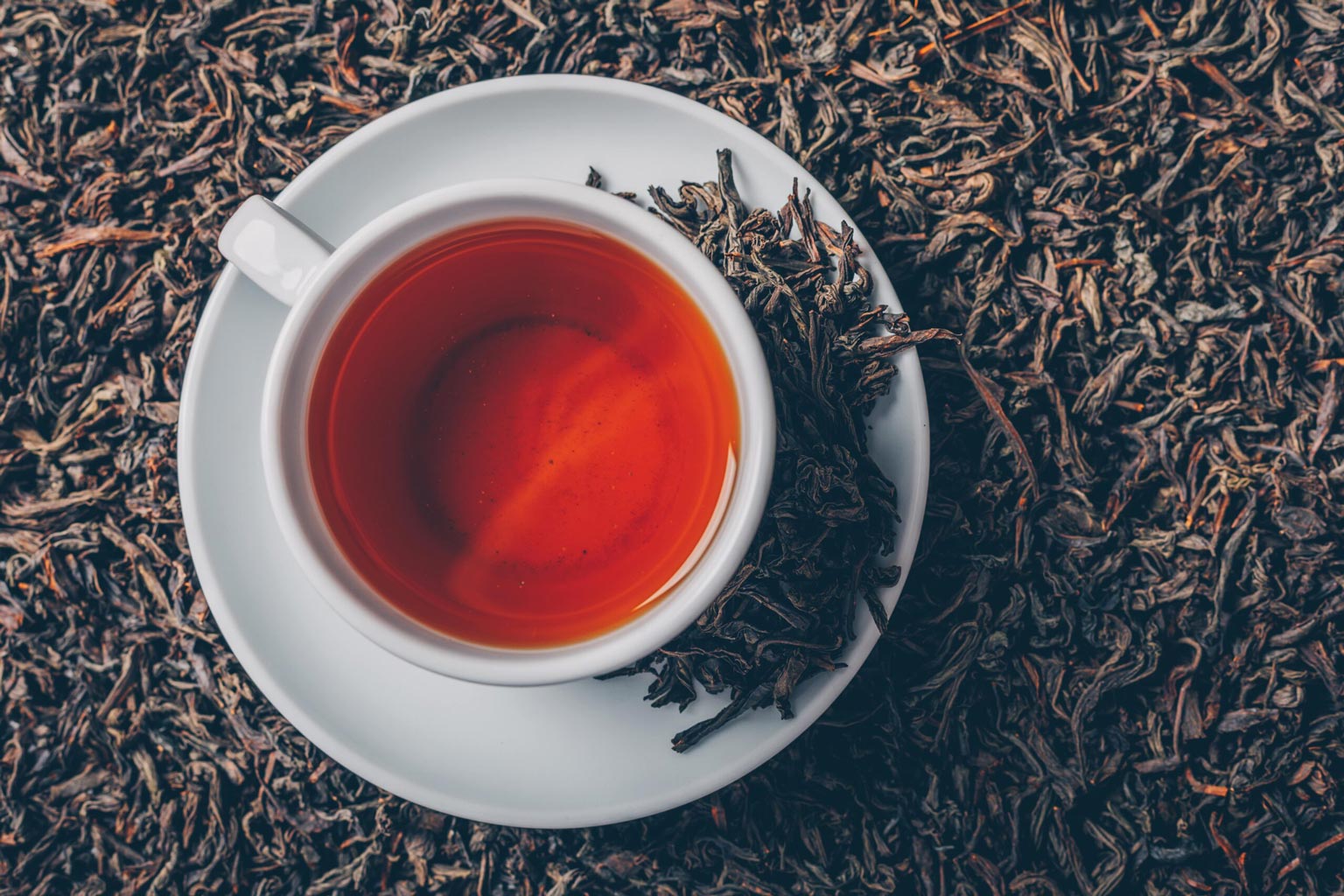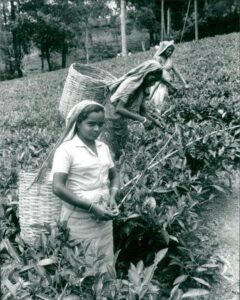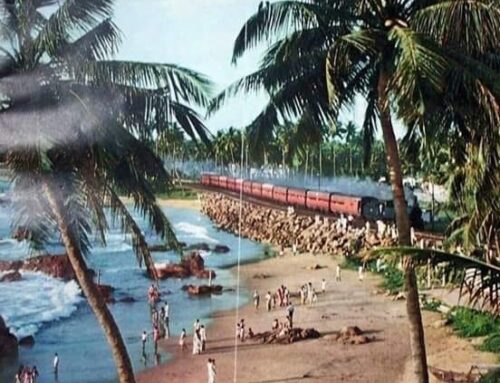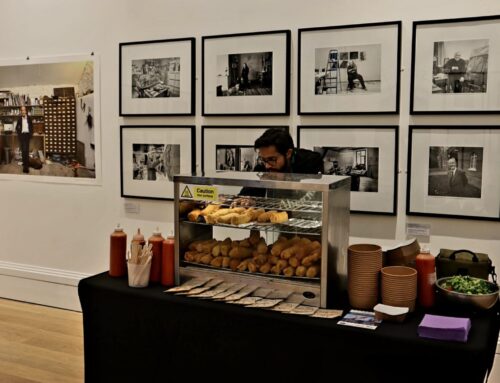


Ceylon tea is produced on the island nation of Sri Lanka, formerly known as Ceylon. Sri Lanka is small, but it has an enormous range in elevation, climate, soil type, plant varietals, and weather, so the flavors and character of the teas produced there vary greatly. Despite the regional nuances, a classic Ceylon flavor is generally thought to be bold, full, and brisk. It has medium-to-full tannins and some notes of citrus, chocolate, or spice.
To brew Ceylon tea, fill a teapot and teacup about halfway with hot water to preheat them, then pour the water out. Add about 1 teaspoon leaves per 8 ounces of water to the teapot. Fill with boiling water (194 to 205 F), cover the pot, and steep for 3 to 5 minutes. Once the leaves settle at the bottom of the teapot, agitate the tea to allow proper extraction. The longer the tea brews, the greater the caffeine content and strength of flavour.
When buying Ceylon tea, purchase loose leaf for optimum quality; alternatively, purchase tea bags. Genuine Ceylon tea displays a unique lion logo on the package. The logo is owned by the Sri Lankan Tea Board and is trademarked around the world. Store the tea in a clean airtight container in a cool and dry place, away from moisture, heat, light, and pungent odors.
Although some Sri Lankan producers are branching out in their offerings to include green tea and other tea types, most Ceylon teas are black teas. There are seven tea-growing regions in Sri Lanka, and Ceylon teas are categorized by three different altitudes: high grown (above 4,000 feet), medium grown (between 2,000 and 4,000 feet), and low grown (from sea level up to 2,000 feet).
Nuwara Eliya
Nuwara Eliya is the highest elevation tea-producing area in Sri Lanka. It is also located in the center of the island, west of Uva and north of Dimbula. Its terroir produces tea with a delicate, floral fragrance and light, brisk flavor. The high elevation teas of Nuwara Eliya are exceptional iced or served with lemon.
Uva
Uva is a high-grown tea and perhaps the most famous tea-growing region in Sri Lanka. It is located in central Sri Lanka, east of both Nuwara Eliya and Dimbula. The territory of Uva produces black tea with a distinctively sweet flavor and woodsy aroma that can handle a bit of milk. Some white teas are also produced in Uva.
Dimbula (or Dambulla):
Dimbula is a tea-growing region in central Sri Lanka. It is the southernmost of the three well-known regions. As a region of mountain slopes, the terroir ranges greatly with the elevation. Some teas are full-bodied, while others are delicate, but most are mellow in flavor.
Uda Pussellawa:
Uda Pussellawa is close to Nuwara Eliya, in a region that has heavy rainfall. Its tea is similar to tea from Nuwara Eliya, but darker, with a pinkish hue and a stronger flavor.
Kandy:
Kandy is a medium-level elevation district that produces mid-grown teas, which vary in flavor depending on exposure to monsoon winds. The tea is generally full-bodied, malty, and copper-hued.
Ruhuna and Sabaragamuwa:
Ruhuna and Sabaragamuwa are lower elevation regions that produce low-grown black teas with a full flavor, rich hues of orange and reds, with notes of honey, chocolate, and caramel. Most of the teas grown in these regions are processed as orange pekoes and flowery orange pekoes.


